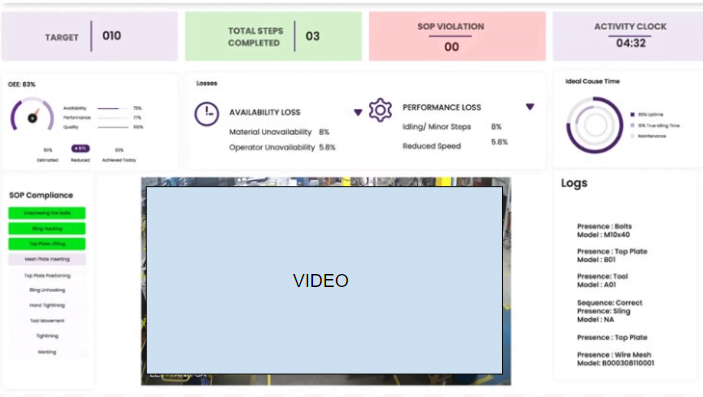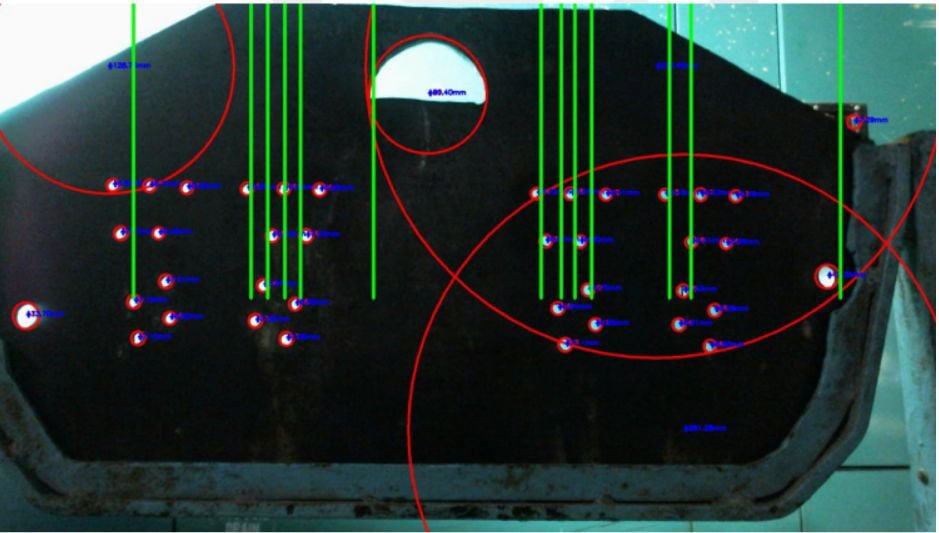Oh yes! Minimal design can shine in all of its different facets because of minimalism’s grasp eliminating various components. It refers to employing fewer resources to get the intended result.
It has grown to be one of the most well-liked design trends (Minimalism in everything) to emerge in recent years.
The majority of 21st-century design approaches center on “minimalism”.
Minimal design is all around us now, every day! It can be found everywhere, including the UI of your favorite website or app, the package of your most recent gift, and even in the cup, you get your morning coffee.
The minimal design trend is fascinating because, depending on the field and industry in which it manifests, it has certain characteristics relevant to that utilization.
The popularity of minimal design is growing. With so many digital products and services available in one location nowadays, it is important to streamline language, polish communications, and, ideally, be direct.
To help the user concentrate more on completing their activity, decorative components, color schemes, pop-up windows, and other distractions have been reduced. This has sparked a surge of intriguing visual designs and software redesigns that can draw various user types to these interfaces.
Given how many web design trends incorporate elements of minimalism, the Internet has been an extraordinary breeding ground for the growth of “minimalism”. Let’s examine each one in turn.
There are a number of applications that support minimalist design explaining why minimalism has had a significant influence on users in the twenty-first century:
Flat design has become a strong advocate for minimalism in contemporary digital products. The application of flat 2-dimensional visual features as the opposite of extremely realistic and detailed skeuomorphic images is the direction’s most distinguishing characteristic.
Flat graphics typically employ fewer features and curves, stay away from gradients, textures, and highlights, and shadows. This method enables the creation of graphics, buttons, and images that appear well in many resolutions and sizes.
It enables designers to improve the usability and aesthetic balance of user interfaces.
User attentiveness is increased by interface minimalism, which is one of its benefits. Because they are designed with functionality and simplicity in mind, these pages and screens support a high attention ratio and frequently enable users to quickly solve problems.
Though, navigate through the website or app because they don’t typically overload users’ attention with decorative elements, shades, colors, details, or motion. Well, get to know some UI/UX design resources!
There are various ways to conceal the navigation, but doing so is essential to ensuring that consumers can quickly find what they need.
One of the arguments against the minimalist approach is that, if not well explained and adequately tested, solutions like hamburger menus and concealed layout components may cause some users to become disoriented while navigating the website.
It is obvious that this is not a suitable foundation for a good user experience, hence every navigational solution should adhere to the point of “measure twice, cut once.”
Including air and utilizing negative space
In digital design, the term “white space” (sometimes known as “negative”) refers more to space than to color. It is a further excellent approach to creating beauty and distinguishing the essential components of minimalism.
Additionally, white or negative space is crucial in monochromatic or limited color schemes for improving intelligibility and providing necessary contrast.
Following the principles of restraint and simplicity, minimalism heavily relies on contrast as a visual aid. Contrast is frequently used as the guiding principle in the selection of colors, shapes, and locations.
In minimalist interfaces, the grid system can be useful for creating the appearance of a well-structured layout, especially if the website features a lot of homogeneous material. Grids also lend themselves well to responsive design.
Why is minimalism so popular? Because it can make your life easier and more meaningful.
Well, it’s obvious that minimalism has a lot of advantages and is a smart way to design user-friendly interfaces. However, this does not imply that minimalism should be used everywhere, rather each objective should be pursued through the appropriate channels.
One thing is certain: the interface designer needs to spend more time and effort making it understandable and useful the more minimalistic the interface is. A pleasant user experience should be supported by the elegance and beauty of minimalism.



